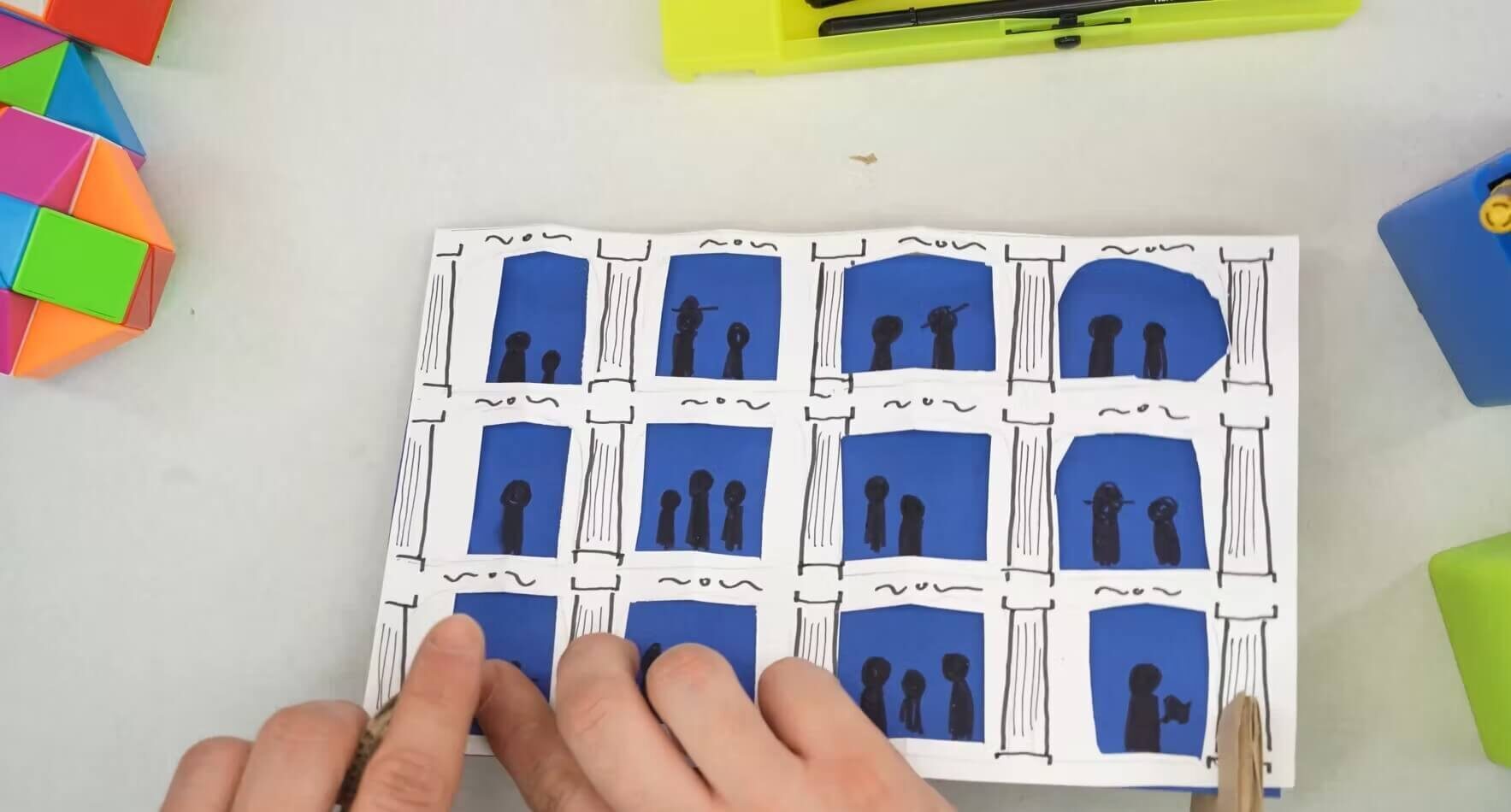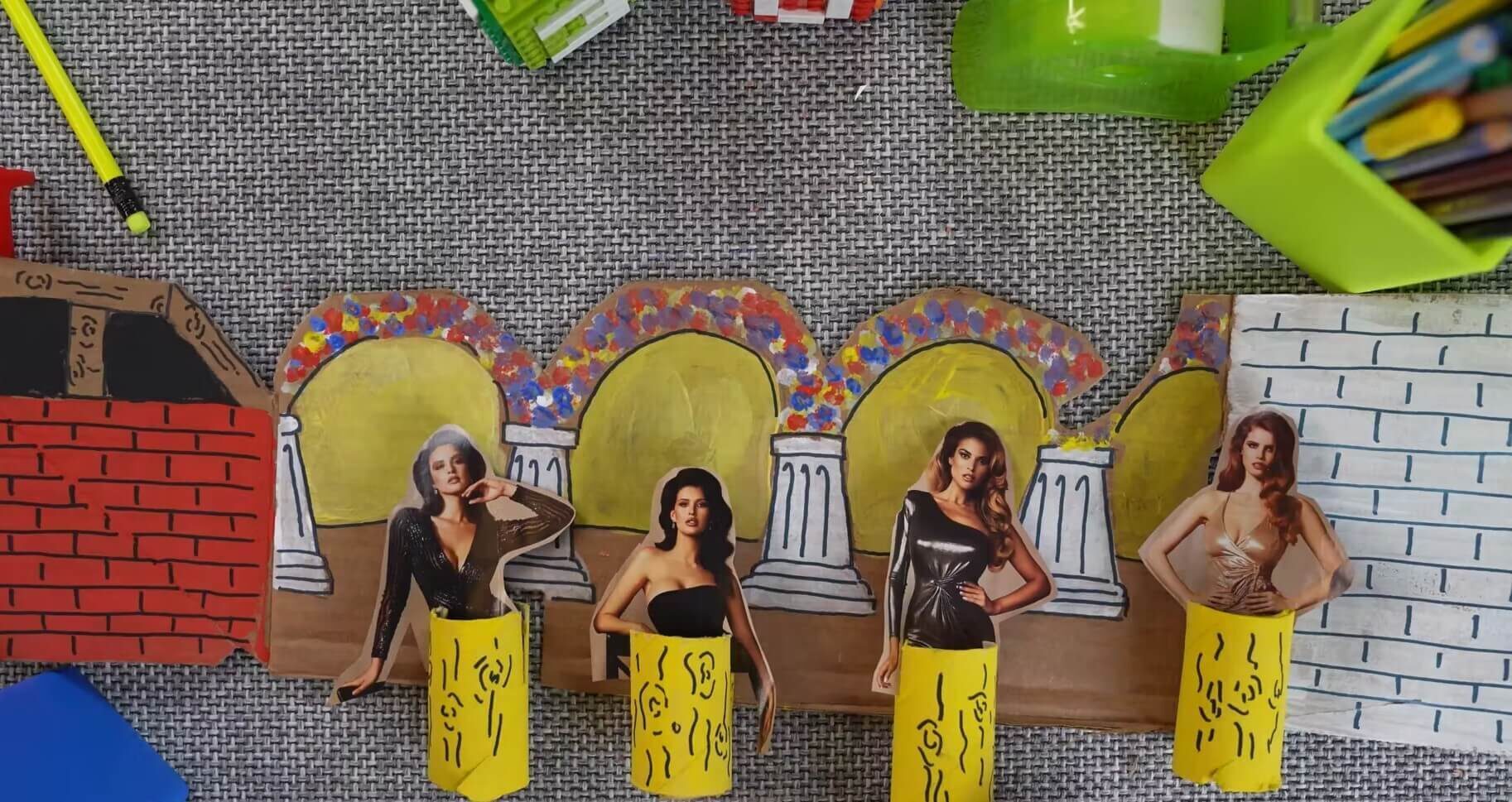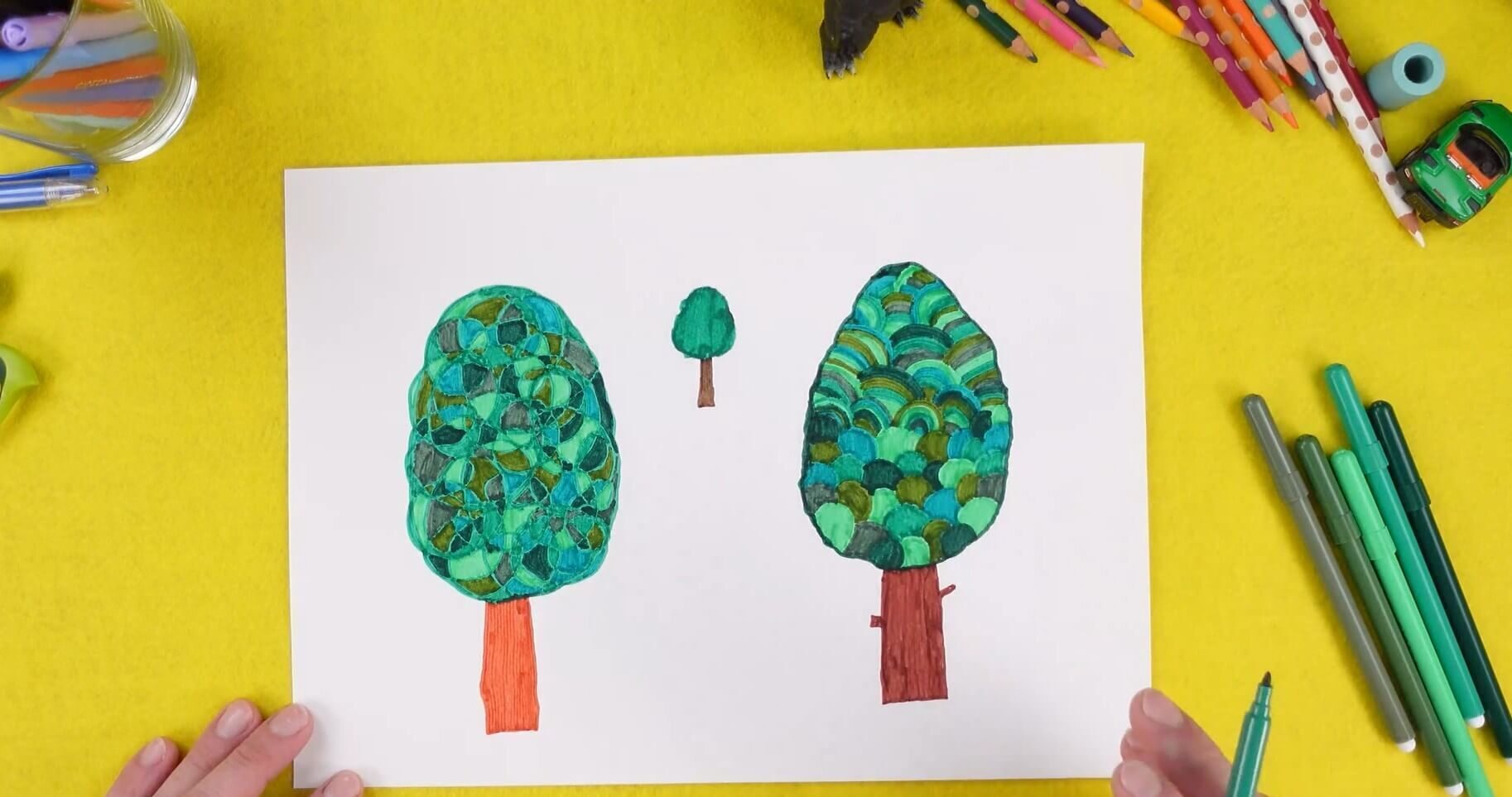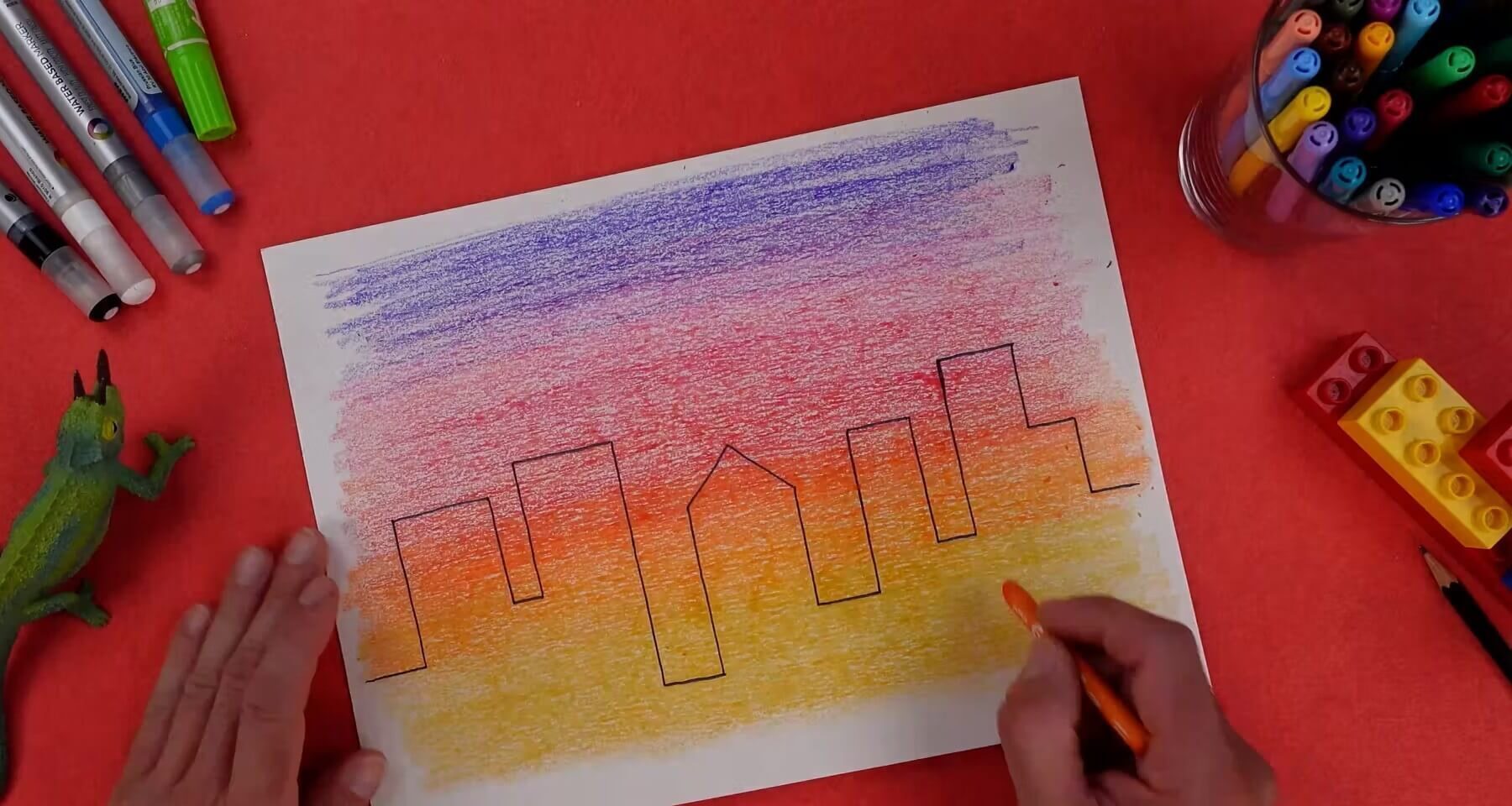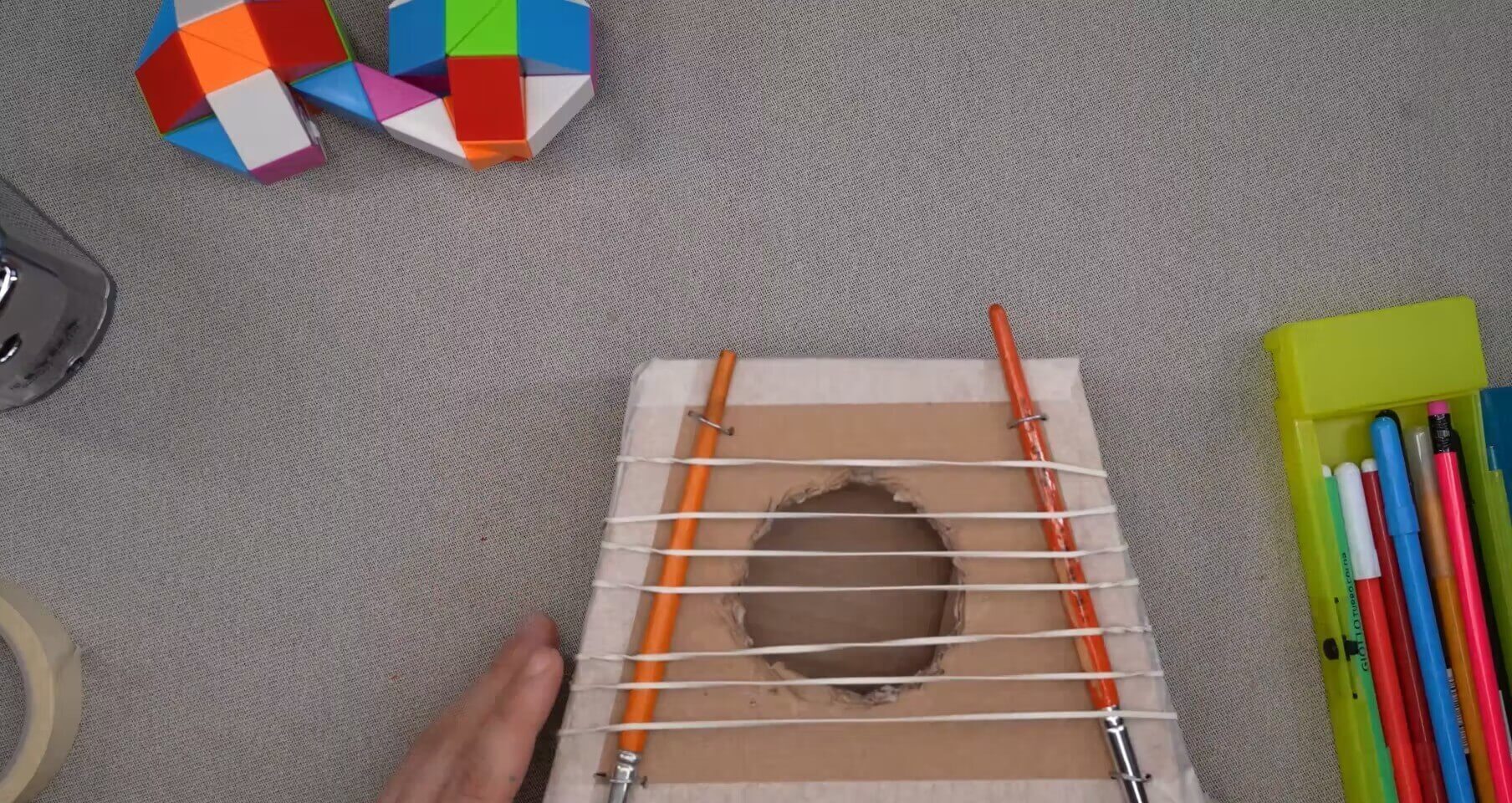- Home
- All Courses
- ILLUSTRATION
- Character design 2
Character design 2
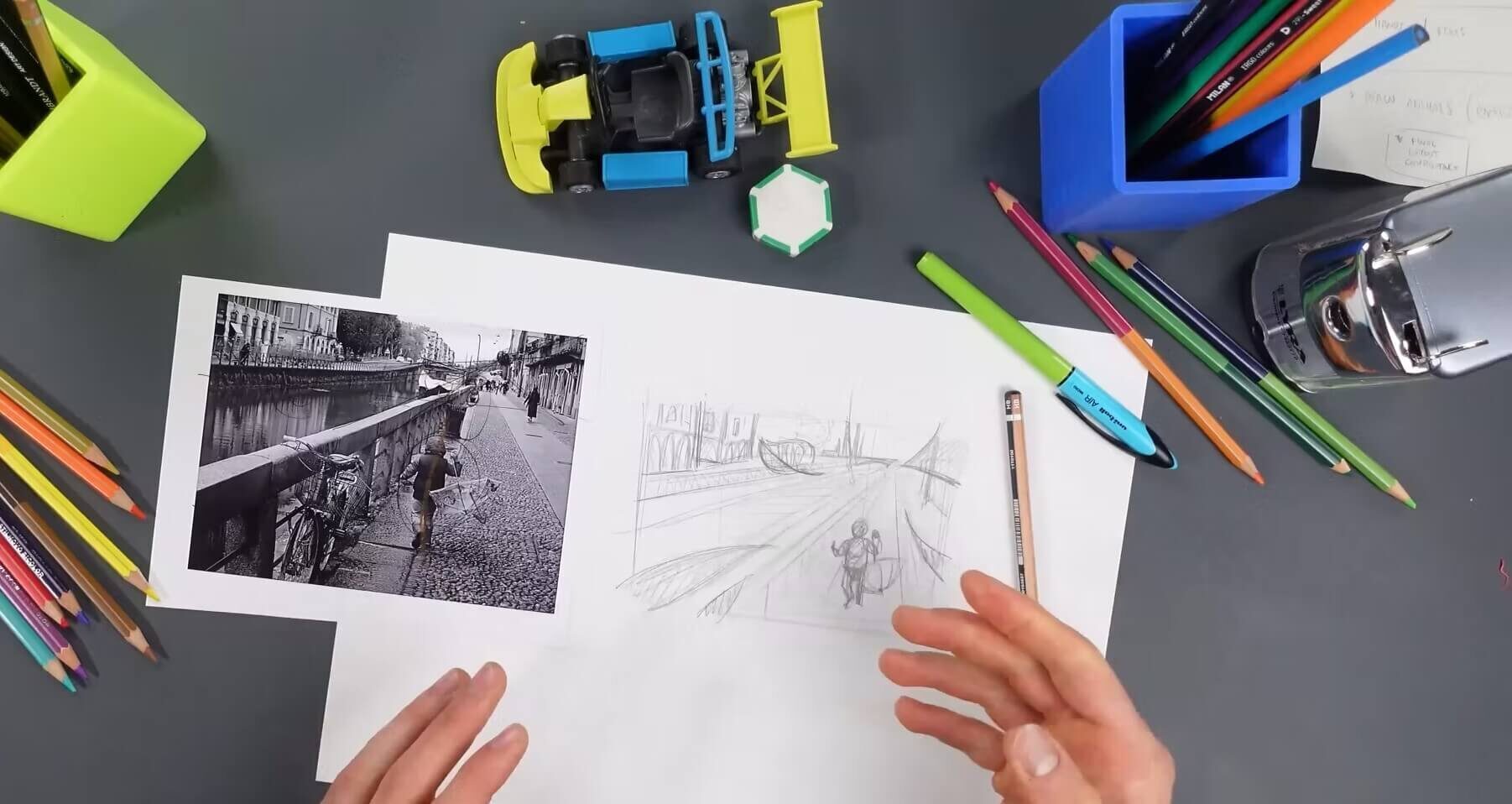
Learn to create that flair in your characters!
This course builds on the skills acquired in part 1 of the course (Character Design 1) by introducing scenario creation, where you learn to place your characters in various situations and adventures.
Each lesson is designed to enhance your ability to develop stories and bring your characters to life in imaginative and engaging ways.
ACCORDING TO EXPERTS…
Suitable for children aged 8 and above as it requires a mastery of certain drawing skills, particularly in perspective and proportions. It’s designed for acquiring techniques in drawing the human figure, backgrounds, and landscapes, and for enhancing abstract thinking. At this age, children begin to understand volume, and how to categorize and build relationships through mental operations and not just material objects. Additionally, attention to drawing different facial expressions becomes a useful tool for recognizing emotions, both their own and others.
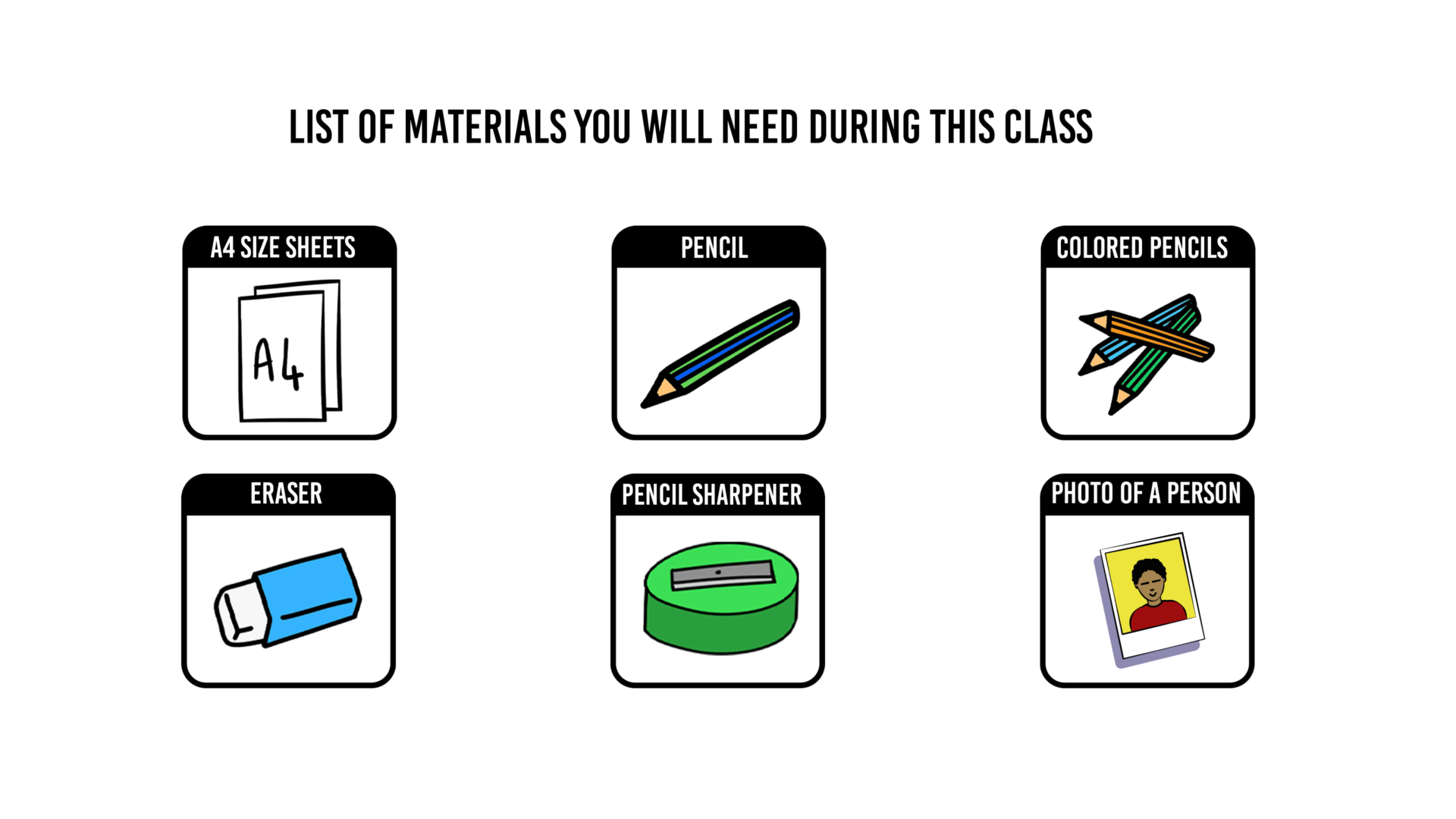
According to Experts...
General Characteristics:
The Character Design 1-2 course is suitable for acquiring techniques in drawing the human figure, as well as backgrounds and landscapes. The workshop is suitable for children aged 9 and above, a period during which some drawing related skills have already been acquired. In particular, the period from 9 to 12 is defined as the “realistic phase” of drawing. Representations become internalized, perspectives and proportions emerge in the drawings, making them realistic and more precise. From 12 years old and onwards, the drawing phase is termed “pseudo-naturalistic.” The child not only creates a spontaneous drawing but also engages in critical thinking about it.
Cognitively, children from the age of 7 and progressively with age, develop logical thinking, beginning to grasp more abstract concepts. For example, they understand that when the shape of an object changes, the quantity inside it can remain constant. The child starts categorizing and building relationships through a thought process, not only with material objects as in previous stages. Over time their thinking evolves and transforms, no longer limited to the concrete world or everything the child has experienced.
Specifically:
Several main themes emerge in various episodes during the composition of the drawing, allowing the workshop to impart technical skills to those passionate about artistic forms and wanting to delve into this path. Among them are:
- Forms
- Three-dimensionality
- Movement
- Attention to detail
- Thickness
- Shadows and light-dark contrast.
On a psycho-educational level, it is necessary for the child to already be familiar with these abstract concepts, allowing them to easily follow the workshop, even without an adult reference figure. Once the basic rules are acquired, drawing becomes a useful tool to indulge in one’s fantasy, imagination, and creativity through the use of colors and chosen themes.
The construction of a human face, with different facial expressions, becomes a useful tool for recognizing one’s own and others’ emotions. The drawing of the human figure also refers to constructs such as body schema, which changes over time and becomes increasingly complex with age. This makes the workshop better suited to the specified age groups.
Younger children still present a concrete and two-dimensional drawing, making abstract concepts such as three-dimensionality, perspectives, and proportions more challenging to acquire, both in the representation of faces and landscapes. However, younger children can participate in the workshop with different objectives, such as coloring within borders, using dot techniques, and focusing attention on curved and straight lines.
The workshop promotes the enhancement of attention and concentration in a simple and enjoyable manner. The arrangement of objects in space, as well as their relationship, is useful for spatial orientation. The sequentiality of action supports the enhancement and development of temporal orientation.
Skills:
- Attention and concentration
- Body framework
- Emotions and sensations
- Fantasy and creativity
- Spatial orientation
- Temporal orientation.
You May Like
-
14 Lessons
-
14 Lessons
-
12 Lessons
-
14 Lessons
-
11 Lessons

